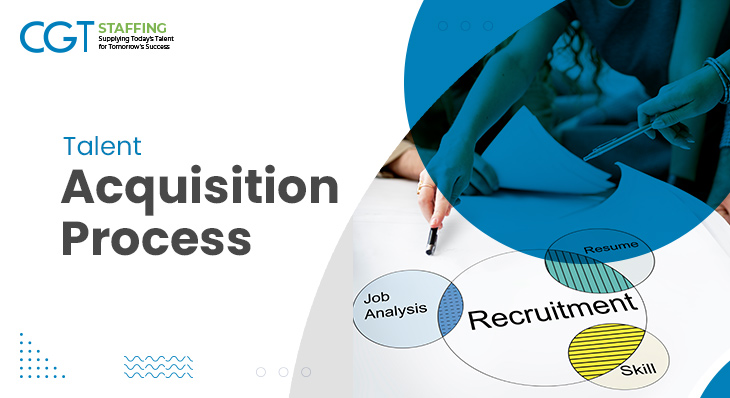As the economic disruption caused by the pandemic slowly recedes, employment opportunities for eager candidates are booming. This has resulted in a competitive intensity when it comes to hiring talent. As a result, businesses are still struggling to hire the strongest talent for their open roles. While it may be difficult to change global employment conditions for a single business or industry, firms can certainly take steps to bolster their talent acquisition process. Making use of a virtual platform that automates hiring can be a particularly useful approach.
Read more to discover a few key ways that a hiring platform can improve your success and, by extension, allow your business to flex with the right people in the right roles.
Table of Contents
Improved Talent Sourcing
These days, conventional job advertising tends to yield less success than in previous years. Instead, businesses may find it much easier to source new workers with the right hiring platform and a sound talent acquisition strategy. Many platforms allow businesses to post jobs across multiple job boards and talent-sourcing websites with a single click. Businesses can automate their talent acquisition process using a platform’s automation features, enabling wide-scale posting across a diverse range of hiring channels. This immediately increases the volume of incoming candidates without increasing the time (and money) that would otherwise be necessary to expand the candidate pool.
Automated Scores for Pre-Screening
Screening candidates can be a time-consuming task, requiring a great deal of attention from recruiters and hiring managers. A third party, like an agency offering manufacturing staffing solutions, can offer far greater value by vetting and supplying pre-screened candidates. Businesses can also make use of pre-screening features within a hiring platform to ensure their hiring efforts are as efficient as possible. Most platforms contain an automated applicant ranking or scoring feature that can help recruiters pre-screen candidates instantaneously.
Applicant rankings allow HR professionals to prioritize applicants, filter to the right candidates, and focus their efforts on the most promising. The result is a more efficient use of time, less effort expended in screening and pre-qualification, and a faster turnaround when hiring for open roles – all a great way to supplement in-house recruitment efforts.
Better Communication with Candidates
Maintaining candidate engagement throughout the hiring process is critical to onboarding valuable talent. In many cases, effective communication between the employer and the candidate will play a huge role in boosting engagement. Unfortunately, this can become a challenge, especially when hiring in volume. This frequently results in a poor candidate experience, impacting motivation and performance even after a new hire is integrated into the organization. In some cases, this will persist, resulting in poor morale, dissatisfaction, and (in extreme cases) even insubordination at work.
A hiring platform can address these issues by automating and streamlining communication between employers and candidates. It can send notifications and/or emails that keep applicants informed of their status in the hiring funnel. Most importantly, it can provide a significant boost to candidate engagement by means of streamlined and transparent communication regarding interview dates, feedback, and final selection for a role. All of these can contribute to improved hiring rates.
Automate Talent Pipeline Building
Building a talent pipeline is a key part of any recruiter’s job. A talent pipeline contains pre-qualified candidates that recruiters can approach when a new role opens, instead of starting the entire sourcing and screening process from scratch. This saves a significant amount of valuable effort; it also reduces the time to fill open roles. Hiring platforms can automate the pipeline-building process, based on applicant ranking, recruiter feedback, and business needs. An automated pipeline will typically require minimal effort from human recruiters, and usually only in an oversight role. Similarly, it will help recruiters to increase their hiring efficiency, making a pipeline far more manageable and efficient than it would be otherwise.
Takeaway
It is important to note that while hiring platforms are key recruitment tools, they cannot replace human recruiters. Businesses must leverage them to supplement their hiring efforts, and not to completely replace human recruitment professionals like mortgage recruiters. These platforms should always be a valid consideration for businesses looking to hire new talent efficiently.
